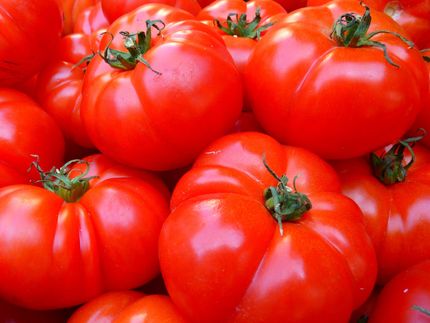Naturalness and convenience are most valued by Chinese nuts consumers
Advertisement
It seems Chinese consumers’ modern lifestyles and awareness of healthy eating have opened up opportunities for nuts snacks that are either natural or provide convenience.

Photo by Vitchakorn Koonyosying on Unsplash
Latest research from the world’s leading market intelligence agency, Mintel, reveals that up to three in five (62%) urban Chinese consumers* express a desire to see more natural nuts products in the market. However, research from Mintel Global New Products Database (GNPD) shows that there are virtually no (0%) nuts snacks products featuring an ‘all natural product’ claim from 2015 to 2017 in China. Meanwhile, 4.2% of all new nuts snacks launched from 2015 to 2017 globally feature an ‘all natural’ claim on pack, indicating huge opportunity for manufacturers and brands in China to innovate in this space.
While consumer needs for convenience should be familiar to those in the snacking industry, more still needs to be done within the Chinese nuts snacks category, in light of current consumer demand. Three in five (58%) urban Chinese consumers say that they would like more nuts snacks products that are easier to consume. What’s more, close to half (45%) state that they would like to see more small individually packaged nuts products—this is especially true among female consumers (50% vs 40% of males). Furthermore, a third (31%) of urban Chinese consumers say they would like more nuts snacks without the shells, while just 18% prefer nuts with shells.
Loris Li, Associate Director, Mintel China Reports, said:
“There is currently an unsatisfied consumer demand in China’s nuts snacks market. While our research reflects consumers’ preference for natural nuts snacks, there is currently barely any options available in the marketplace to cater to this demand. Therefore, there is a gap in the market to be filled by nuts snacks claiming to be all natural. The appeal of the ‘naturalness’ of nuts might also encourage Chinese consumers to pay a premium. Furthermore, today’s modern consumer is on the lookout for convenient nuts snacks. An individual package of nuts without shells will therefore make an ideal product.”
Things remain promising for the Chinese nuts and dried fruits market. According to Mintel estimates, the market value has grown at a high CAGR (compound annual growth rate) of 19.6% between 2013 and 2018. Mintel forecasts that this growth will continue in the next five years**; the industry’s total market value will grow at a still strong CAGR of 15.7% to reach RMB 841 billion in 2023.
“The nuts and dried fruits market in China has shown significant growth in the last five years, and, although at a slower growth rate, will continue to grow moving forward. The categories of nuts and dried fruits have enjoyed a sales boost and have reached a fairly mature stage. That said, opportunities still exist with new technology and innovation driving the market. For instance, dried fruits and vegetables processed with freeze-drying technology can preserve nutrition with no additives, making them more natural and fresh. Moreover, this technology adds a crispiness to dried fruits and vegetables, which, our research shows, is of interest to many consumers.” Loris added.
Over a quarter (26%) of urban Chinese consumers have eaten more crispy dried fruits compared to just six months ago*, while a mere 16% have eaten less. When considering crispy dried fruits and vegetables, two in five (42%) urban Chinese consumers say ‘healthy’ best describes the sector, while just a third (32%) describe dried varieties the same way. Further, a third (33%) of Chinese consumers associate crispy dried fruits and vegetables as being ‘fun’ and a quarter (25%) ‘trendy’.
“Crispy dried fruits and vegetables represent an emerging snacking trend and a new opportunity for China’s snack market, particularly as many consumers consider them to be healthy snack options. As Mintel Trend ‘Help Me Help Myself’ discusses, consumers are learning new ways to nudge themselves toward better habits. Healthiness is a requisite in most aspects of consumers’ lives and snacking is no exception.
“The fact that consumers are likely to associate crispy fruits and vegetables as fun and trendy is good for the category because these are two perceptions that are important for an ideal leisure time snack. Additionally, consumers are seeking indulgence from snack consumption and crispy dried fruits and vegetables can offer a combination of both indulgence and healthiness. Brands can use the publicity of indulgence together with illustrating the healthiness of the snack to attract consumers.” Loris concluded.


























































